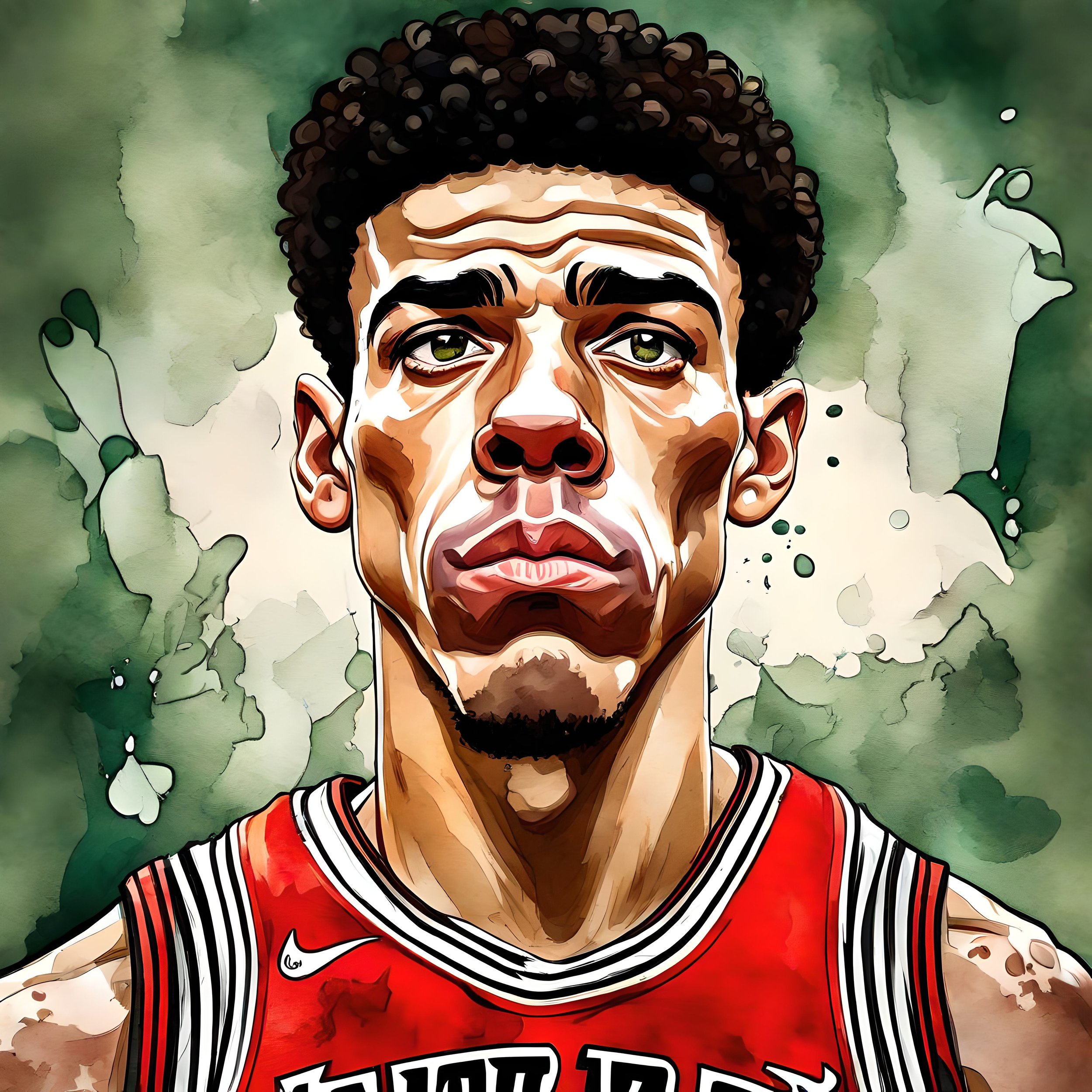Sports Rehab Write-Up: Lonzo Ball
Oh, what could have been! This past month, the Chicago Bulls were granted the NBA’s Disabled Player Exception worth $10.2 million for Lonzo Ball’s knee injury.
Translation: the Bulls expect Lonzo to miss the entirety of the 2023-2024 NBA season.
Yet another season, of what many expected to be an all-time great career, shrouded in mystery & lost to injury. The elder Ball brother has been sidelined from pro-hoop action since January 14th of 2022 with what the team described at the time as “left knee soreness”—wishful thinking in hindsight. Lonzo has since been diagnosed with a bone bruise & a meniscal tear in that left knee, leading to a timeline that includes an arthroscopic surgery in January of ‘22, a subsequent failed rehab, an additional arthroscopic procedure in September ’22, yet another failed rehab, and most recently, a cartilage transplant surgery this past March… And now more rehab!
We spoke briefly about the nature of meniscal injuries a couple of weeks ago; check it out!
Missing one season due to a meniscal injury isn’t abnormal, but having to miss two seasons (technically, two and a half) is definitely gonna raise eyebrows. It doesn’t help that the information we’ve received surrounding Zo’s injury has been fairly vague & unfulfilling to this point. Even the reports on his latest surgery leave a lot to be desired. Depending on the approach, Lonzo could miss anywhere between 4 to 20 months in addition to the time he’s already sat out, and that’s if things begin to go as planned (Crowley et. al, 2022).
To add to the confusion, according to multiple NBA insiders, the Lakers front office believes they’ve identified the root cause of Zo’s extensive injury history – the Big Baller Brand ZO2s, Lonzo’s home-grown signature shoes. Now there’s been no information provided to support this claim, but could it be within the realm of possibility? According to Lonzo, the shoes affected his performance at the very least…
It’s definitely possible that the shoes played a role to some extent, but it’s impossible to say if they were the major player. The literature does point to a long list of benefits for wearing well-made, smartly researched, & carefully developed sports shoes.
I’d be curious to see how much research & development went into the ZO2s.
According to the 2022 study done by Lam et. al, the ideal basketball shoe should focus on 5 specific features:
A soft, cushioned midsole which has been shown to reduce ground reaction force & tibial shock during layups and other hoop-related movements such as cutting & jumping,
High-shoe collars which have been shown to help prevent ankle sprains & provide ankle support during high-intensity cutting movements,
High traction to boost sprinting, shuffling, & cutting performance,
High forefoot stiffness which allows maximal force to be applied to the ground, improving sprinting speed & jumping power
and lastly, a relatively light mass to allow higher jumps & easier mobility.
Each of these variables highlighted by Lam’s group has been shown to not only improve performance, but also to reduce injuries. Most of Lam’s list seems pretty intuitive, though it doesn’t seem like the designers over at BBB felt the same way, by Lonzo’s own admission:
“Them ZO2s I was playing in, they was not ready… I had to switch them every quarter because they would just rip.”
Los Angeles may have been on to something – it’s easy to see the potential risks of playing in such shoddily made shoes. Athletes, trainers, coaches, & especially performance footwear developers should be aware of the various modifications that make a good, performance-enhancing sports shoe in order to optimize the athlete’s lower extremity biomechanics & reduce the risk of injury. Poor mechanics at the foot & ankle don’t just affect the foot & ankle, they could also cause trouble at the hip & knee. Luckily, Lonzo has long since moved onto better made, higher-quality shoes from more recognized brands.
Rehab for a chondral transplant is an extensive process with emphasis on a long period of little to no weight bearing, very slowly recovering range of motion, & minimizing compressive forces throughout the knee, all in order to allow complete healing & integration of the newly placed graft. Luckily, the Big Baller will have plenty of time off to make sure everything goes right this time around!
Hopefully Zo comes back better than ever in 2024; prior to these recent bouts with his left knee, Lonzo was showing noticeable improvement with each successive season!
It’s been a long & bumpy road to recovery, but with a quick pit stop & the right tires it’ll get much easier!
Works Cited & Further Reading
Crowley, S. G., Pedersen, A., Fortney, T. A., Swindell, H. W., Saltzman, B. M., Popkin, C. A., & Trofa, D. P. (2022). Rehabilitation Variability Following Osteochondral Autograft and Allograft Transplantation of the Knee. Cartilage, 13(2), 19476035221093071. https://doi.org/10.1177/19476035221093071
Lam, W. K., Kan, W. H., Chia, J. S., & Kong, P. W. (2022). Effect of shoe modifications on biomechanical changes in basketball: A systematic review. Sports biomechanics, 21(5), 577–603. https://doi.org/10.1080/14763141.2019.1656770
Worobets, J., & Wannop, J. W. (2015). Influence of basketball shoe mass, outsole traction, and forefoot bending stiffness on three athletic movements. Sports biomechanics, 14(3), 351–360. https://doi.org/10.1080/14763141.2015.1084031

